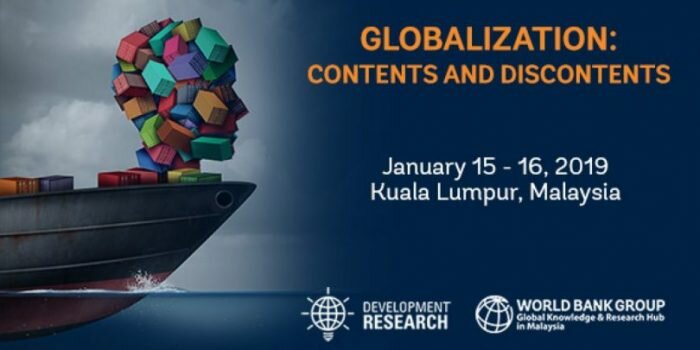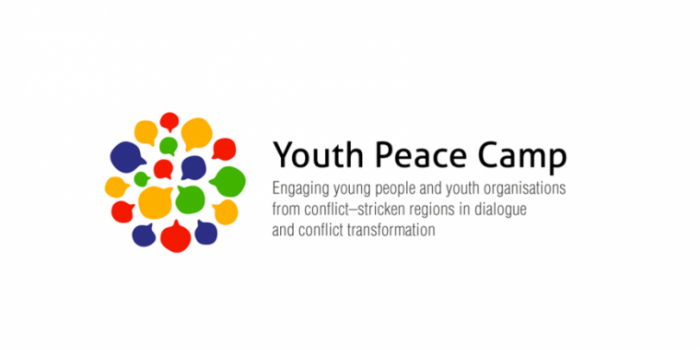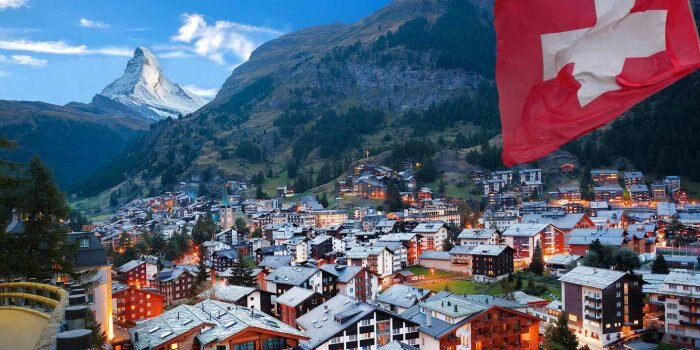The =&0=&, also known as =&1=&, was the meeting of the victorious Allied Powers following the end of World War I to set the peace terms for the defeated Central Powers.
Involving diplomats from 32 countries and nationalities, the major or main decisions were the creation of the League of Nations, as well as the five peace treaties with the defeated states; the awarding of German and Ottoman overseas possessions as “mandates”, chiefly to Britain and France; reparations imposed on Germany; and the drawing of new national boundaries (sometimes with plebiscites) to better reflect ethnic boundaries.
The main result was the Treaty of Versailles with Germany, which in section 231 laid the guilt for the war on “the aggression of Germany and her allies”. This provision proved humiliating for Germany and set the stage for the expensive reparations Germany was intended to pay (it paid only a small portion before reparations ended in 1931). The five major powers (France, Britain, Italy, Japan and the United States) controlled the Conference. And the “Big Four” were the Prime Minister of France, Georges Clemenceau; the Prime Minister of the United Kingdom, David Lloyd George; the President of the United States, Woodrow Wilson; and the Prime Minister of Italy, Vittorio Emanuele Orlando. They met together informally 145 times and made all the major decisions, which in turn were ratified by the others.
The Conference opened on 18 January 1919. This date was symbolic, as it was the anniversary of the proclamation of William I as German Emperor in 1871, in the Hall of Mirrors at the Palace of Versailles, shortly before the end of the Siege of Paris – a day itself imbued with significance in its turn in Germany as the anniversary of the establishment of the Kingdom of Prussia in 1701. The Delegates from 27 nations (delegates representing 5 nationalities were for the most part ignored) were assigned to 52 commissions, which held 1,646 sessions to prepare reports, with the help of many experts, on topics ranging from prisoners of war to undersea cables, to international aviation, to responsibility for the war. Key recommendations were folded into the Treaty of Versailles with Germany, which had 15 chapters and 440 clauses, as well as treaties for the other defeated nations.
The five major powers (France, Britain, Italy, the U.S., and Japan) controlled the Conference. Amongst the “Big Five”, in practice Japan only sent a former prime minister and played a small role; and the “Big Four” leaders dominated the conference. The four met together informally 145 times and made all the major decisions, which in turn were ratified by other attendees. The open meetings of all the delegations approved the decisions made by the Big Four. The conference came to an end on 21 January 1920 with the inaugural General Assembly of the League of Nations.
















